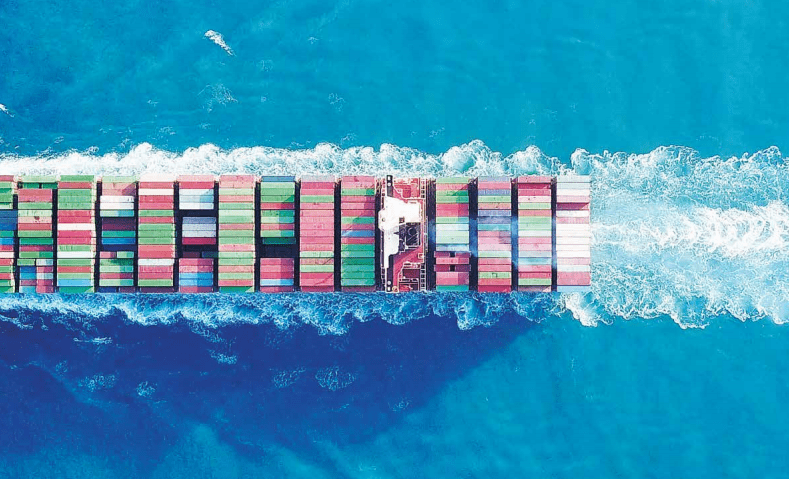The cost of shipping in international trade will slow down in the second half of 2021, the European Commission projected.
Since the last quarter of 2020, the volume of world trade in goods reached pre-pandemic levels, mainly due to an increase in demand for consumer goods.
Although international trade in goods continued to grow strongly in the first quarter of 2021, the pace of growth is expected to slow over the forecast period as consumer demand shifts away from tradable goods to less domestic services. trade intensive.
In addition, according to the European Commission, recent increases in shipping costs and an increase in delivery times of supplies hamper global supply chains.
While shipping costs are likely to remain high in the short term, they are expected to decline during the second half of 2021 as merchandise trade growth slows and shipping capacity adjusts.
International Trade
Unlike trade in goods, trade in services has not yet reached its pre-pandemic level and is expected to recover at a slower pace, as the tourism and travel sectors continue to be affected by restrictions related to the pandemic.
Overall, the European Commission expects growth in global imports of goods and services (excluding the EU) to reach 9% in 2021, before slowing to 5.7% in 2022.
Quotes
In recent months, oil prices have risen above pre-pandemic levels, while base metal and food prices have hit multi-year highs.
Oil prices are expected to average $ 68.7 per barrel in 2021 (54% higher than in 2020), amid declining stocks, continued production cuts by OPEC + and an expected increase of oil demand in the second half of 2021, to stabilize at $ 68.3 per barrel in 2022.
Meanwhile, metal prices have recently skyrocketed due to booming global demand, intensified by hoarding.
The accelerated energy transition has also contributed to the growing demand for some metals such as copper, while supply has been held back by blockades and strikes in Latin America.
According to the European Commission, the expected moderation in demand for industrial goods and the expansion of the supply capacity of some metals should moderate price growth in 2022.
Finally, food prices are approaching their 2011 price peak, reflecting high demand for feed grains from China, rising input costs due to higher energy prices, increased demand of biofuels and some export bans.
Looking ahead, food prices are expected to decline in 2022, assuming the absence of widespread droughts and an increase in the supply of arable land.
![]()

